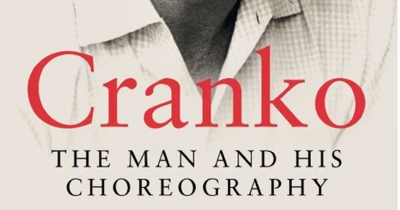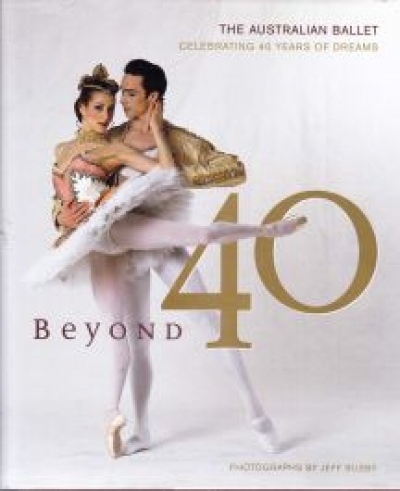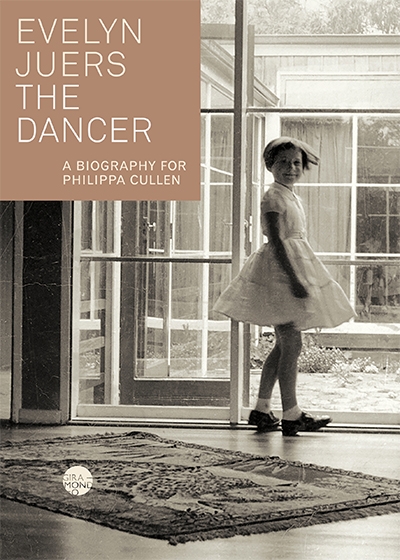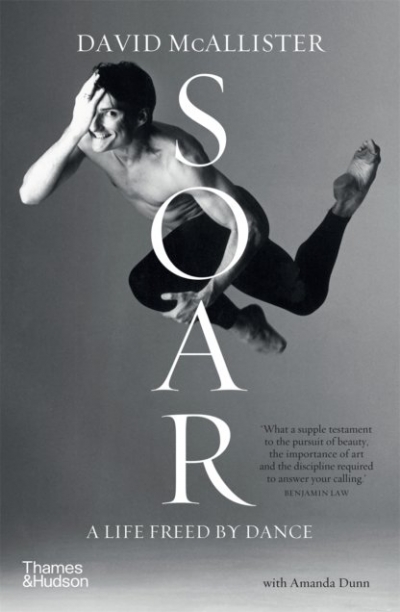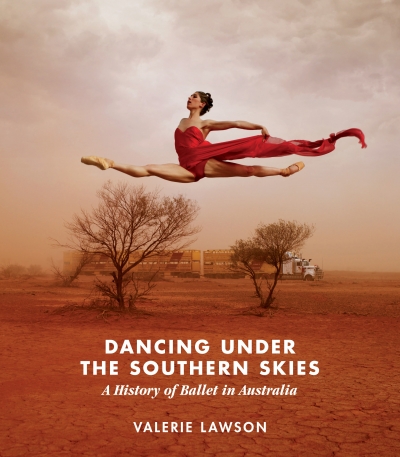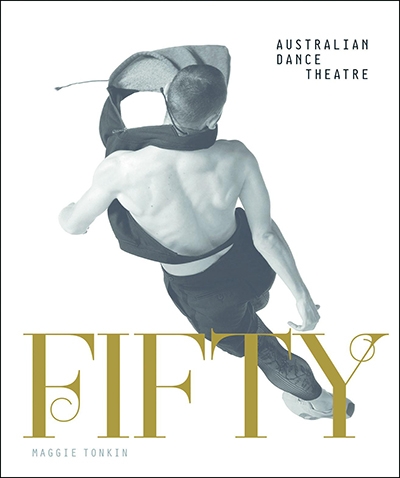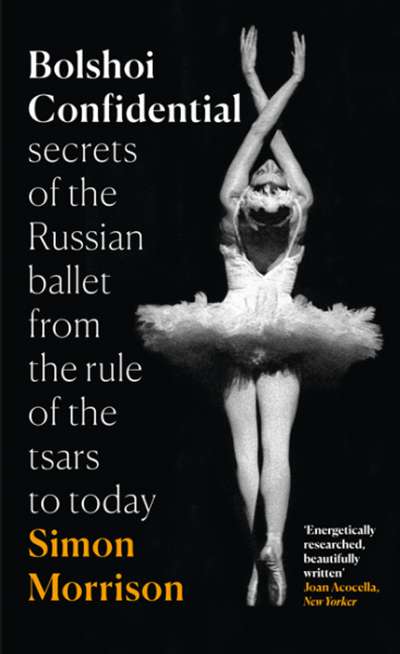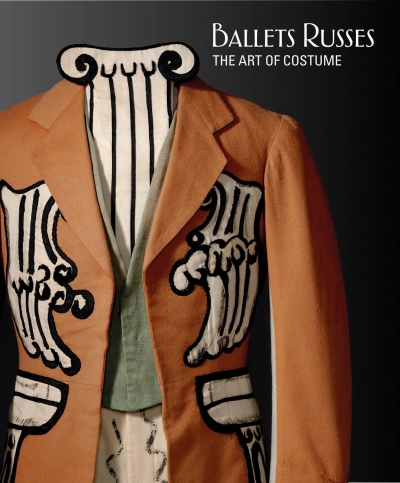Dance
As a former dancer who has grappled with questions about sexuality, I was often struck by ballet’s contradictory relationship with queer inclusion and representation. On one hand, the art form – especially in Western countries – has long been seen as a safe space for the LGBTQ+ community. Ballet legends like Rudolf Nureyev, John Neumeier, and Jack Soto lived openly as gay men, and in 1997 an American study estimated that more than half of professional male dancers identified as gay or bisexual. Yet despite the sector’s inclusivity, the art form has also played a role in suppressing queer representation onstage. ... (read more)
Beyond 40 by Jeff Busby (photographer) & A Collector's Book of Australian Dance by Michelle Potter
by Robin Grove •
Soar: A life freed by dance by David McAllister with Amanda Dunn
by Carol Middleton •
Dancing Under the Southern Skies: A history of ballet in Australia by Valerie Lawson
by Luke Forbes •
Fifty: Half a century of Australian dance theatre by Maggie Tonkin
by Lee Christofis •
Bolshoi Confidential: Secrets of the Russian ballet from the rule of the tsars to today by Simon Morrison
by Lee Christofis •
Australia Dances: Creating Australian dance 1945–1965 edited by Alan Brissenden and Keith Glennon
by David Tissiman •


